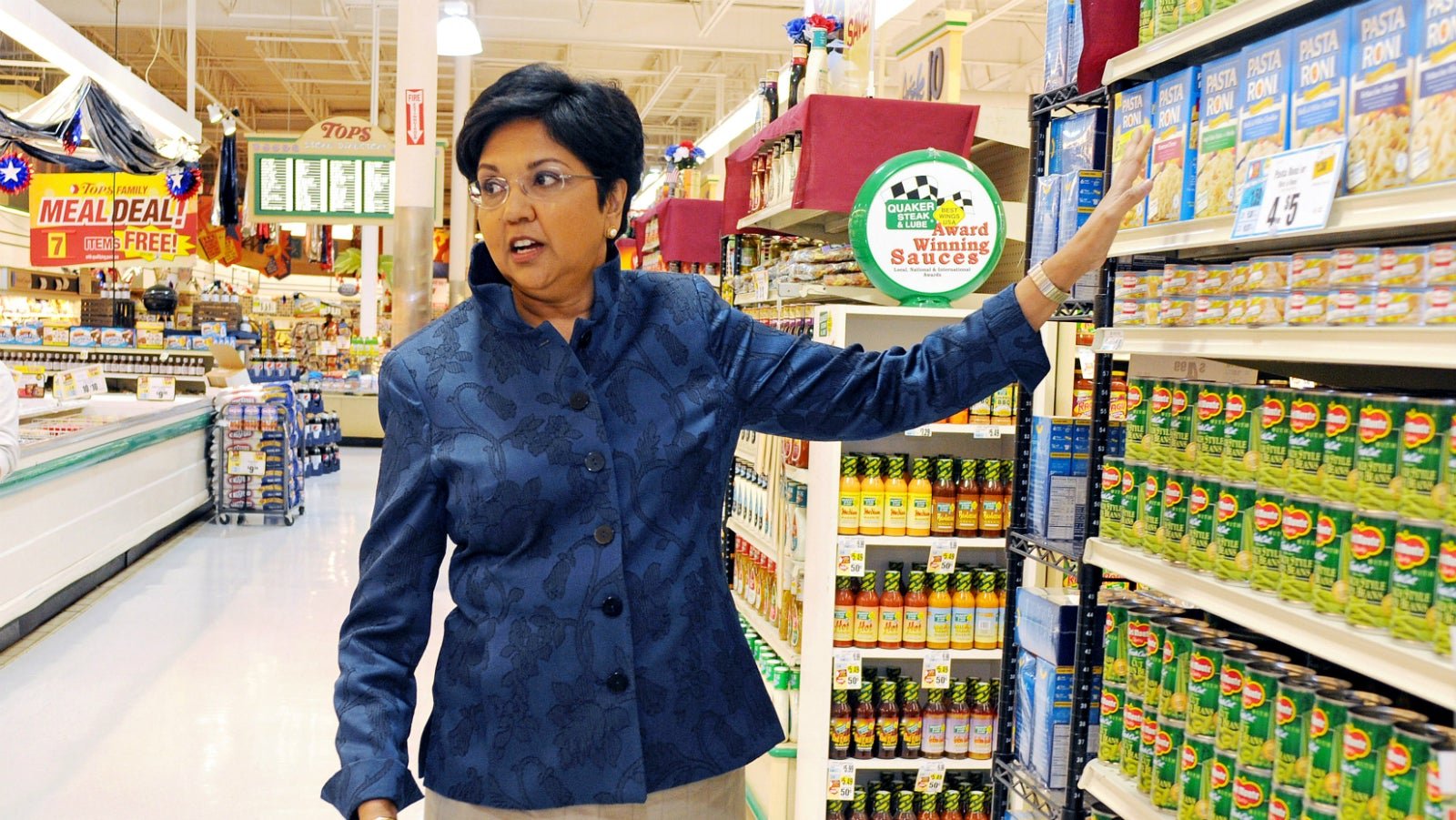Pepsi is launching a gastronomic assault to capture more of India’s traditional snacks market
When it hit the market in 1999, Kurkure wasn’t just PepsiCo India’s first snack developed entirely in the country. It was also an experiment by the Indian subsidiary of the American food and beverages giant to create a completely new snack food category—half-way between the Americanised potato chips and Indian namkeen, the traditional savoury mixtures.


When it hit the market in 1999, Kurkure wasn’t just PepsiCo India’s first snack developed entirely in the country. It was also an experiment by the Indian subsidiary of the American food and beverages giant to create a completely new snack food category—half-way between the Americanised potato chips and Indian namkeen, the traditional savoury mixtures.
The crunchy, crooked snack—made of rice, corn, and gram, and loaded with a generous helping of Indian spices—proved to be an instant hit, with the PepsiCo brand eventually raking in over Rs1,000 crore in 2011.
Now, 17 years on, PepsiCo is preparing to push Kurkure even deeper into India’s snacking market.
By the end of 2016, the $63-billion company will double the number of flavours and variants in Kurkure’s portfolio to 30. In a single year, it’ll add as many flavours and variants as it has developed in over a decade-and-a-half.
“This is the first time we’ve gone after local palate preferences in a big way,” said Vani Gupta, PepsiCo India marketing director for Indian snacks.
The new variants will include more flavours and even namkeen like the ”South Tangy Twist”, “Punjabi Chatka”, and “Navratan Mix”, with a conscious focus on expanding Kurkure’s palette from typically north Indian flavours.
“Regionalisation is a big trend in the Indian market,” said Partho Chakrabarti, PepsiCo vice-president, snacks. “So we are dialing into local tastes and regions as the way forward for Kurkure.”
Do as the Indians do
India’s food market is incredibly diverse, with palate preferences evolving every few hundred kilometres.
Of the Rs17,000-crore salted snacks market, traditional savoury snacks such as namkeens account for Rs 7,000 crore or roughly 40% of the segment. Of this, PepsiCo’s Kurkure held close to 14.3% market share in the sweet and savoury snacking category in 2015, according to market research firm Euromonitor.
Two out of India’s top-five snacking brands, according to Euromonitor, are regional players selling traditional snacks: Nagpur-based Haldiram’s and Gujarat’s Balaji Wafers.
So, there’s a good reason for PepsiCo to take a bite off the traditional snacking market. “It is the largest and fastest growing category in the snacking market,” explained Chakrabarti, “and that’s the phase Kurkure is entering into.”
There are also smaller, homegrown firms that are nibbling away at the market, with a better understanding of local tastes and shorter innovation cycles. For instance, Prataap Snacks, a packaged foods company based in Indore and backed by Sequoia Capital, is reportedly looking at the stock markets to raise funds to expand capacity and product range.
“Local brands are kings in their own towns and categories,” admitted PepsiCo’s Chakrabarti.
That’s why analysts feel PepsiCo’s move to fight smaller, domestic brands on their turf will be a long, arduous task.
“It’s a big task for any company to crack a market with strong regional players,” said Ankur Bisen, vice-president of the retail and consumer products division at Technopak Advisors. ”It’s their (regional companies) turf and they are very well entrenched.”
Bigger push
PepsiCo has been attempting to localise its portfolio for a while now.
In 2009, it launched lemon-flavoured drink, 7UP Nimbooz, adding a masala variant in 2015. In 2012, it added a masala variation to Quaker, its quintessential American oats brand.
In 2011, it even experimented with a business model to leverage its existing, salty snack brand Lehar by forming Lehar Foods, a low-cost entity selling traditional snacks to take on local competition. Lehar failed to capture market share. Now, with Kurkure having become a household favourite, PepsiCo will phase out Lehar.
Nonetheless, Kurkure’s success is indisputable. Although PepsiCo does not disclose the turnover of its top brands, the company claims that both Lay’s and Kurkure contribute equally to its sales in India.
And if the traditional foods category continues to expand, can Kurkure potentially outgrow Lay’s—the world’s largest food brand, according to Pepsi—that first began selling in India in 1995?
“Depends on how it goes,” said a cautious Chakrabarti, “If Indian snacking is the thing, then yes.”
If PepsiCo’s strategy is any indication, then Indian snacking is the thing.